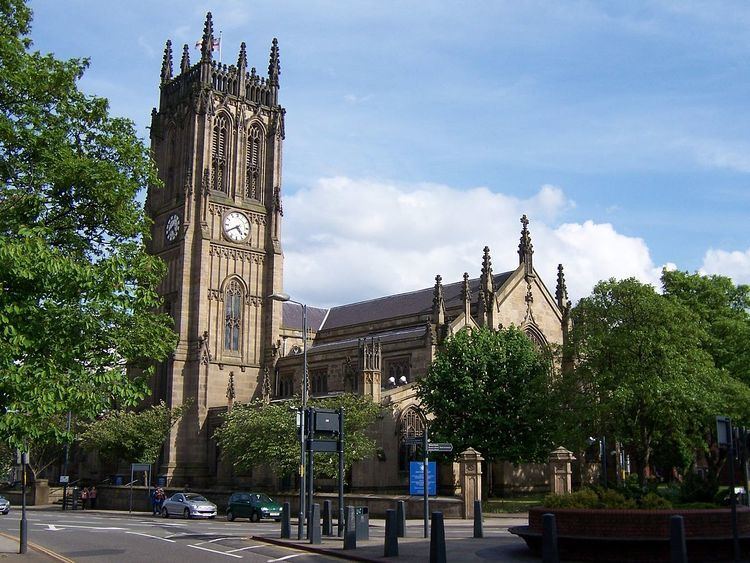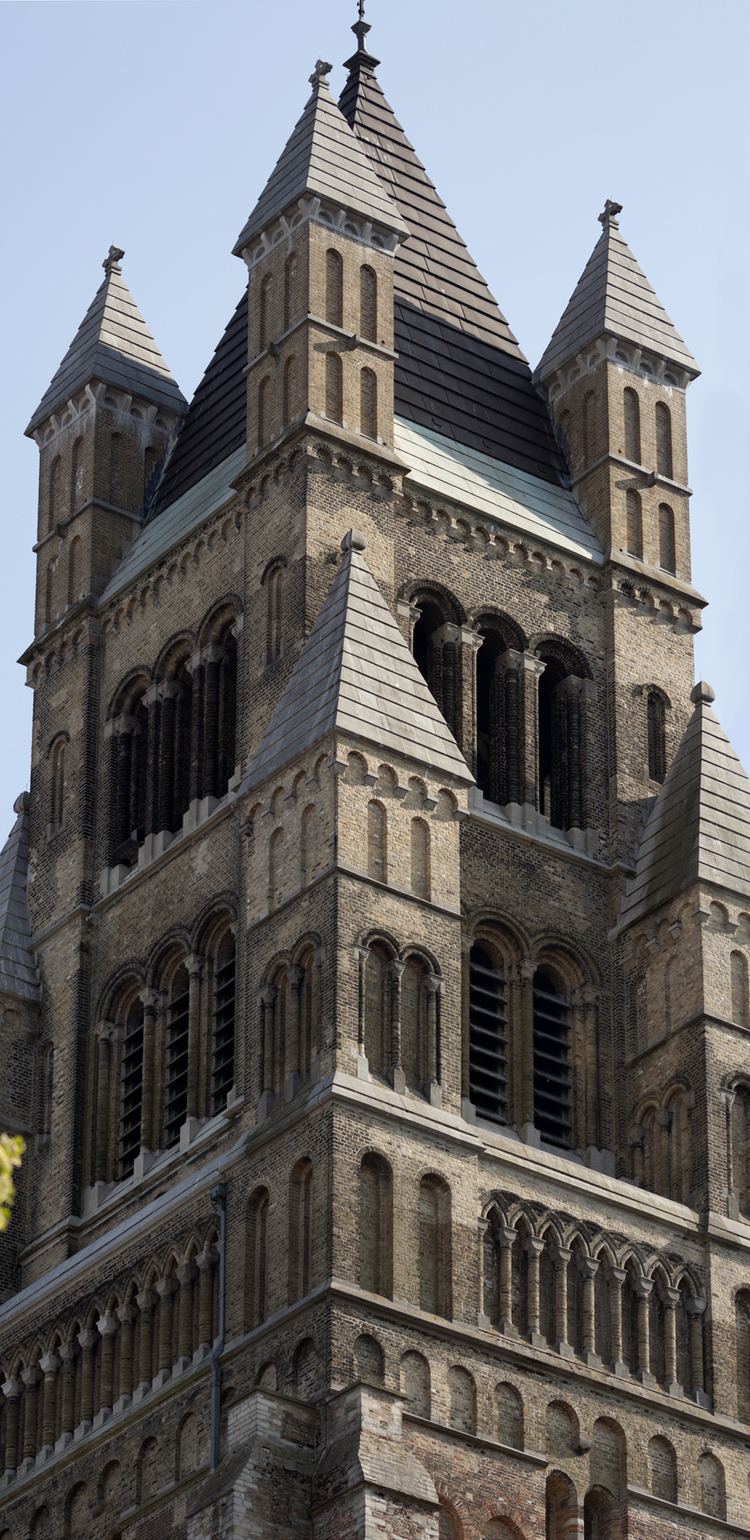Nationality English Role Architect | Name Robert Chantrell Occupation Architect | |
 | ||
Structures | ||
Robert Dennis Chantrell (Newington, Surrey 14 January 1793 – Norwood, 4 January 1872) was an English church architect, best-known today for designing Leeds Parish Church.
Contents

Career

Chantrell was born in Newington, Southwark, London. He was a pupil in the office of Sir John Soane from 1807 to 1814, and in 1819 he started a practice in Leeds.
At the beginning of his career he designed a string of classical buildings. After a few years, he reinvented himself as a pioneering Gothic specialist to meet the huge demand of the times for additional church accommodation. He became one of the most accomplished specialists in this area of practice and numerous remaining buildings testify his original skills. The crowning of his career was the building of Leeds Parish Church (1837–1841), the biggest church in England since Christopher Wren's St Paul's and, on a national level, the most important church of the age.
After he moved to London, Chantrell started a second career as surveyor of church constructions. He also became a respected antiquary, writer, lecturer and member of several prestigious London committees.
Architectural work
Surviving buildings by Chantrell include:
Surviving buildings restored by Chantrell include:
